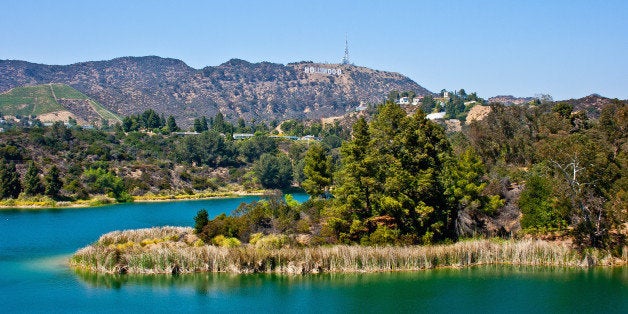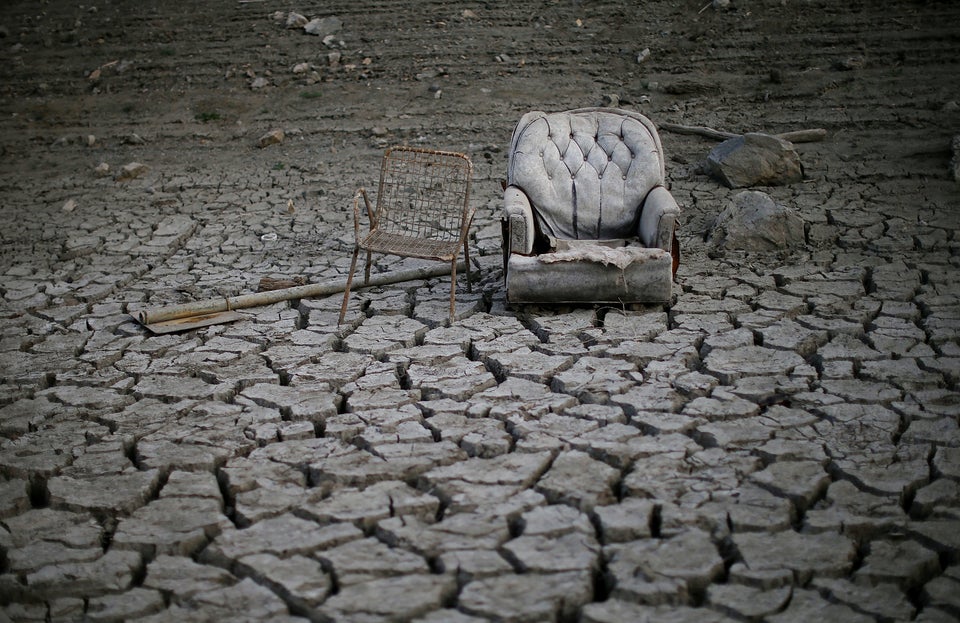
By Sharon Bernstein
SACRAMENTO, Calif., March 23 (Reuters) - Retrofitting Los Angeles' water infrastructure to better withstand a major earthquake could cost up to $15 billion over the next 20 years, the city's water engineers said in a report released on Monday.
The report prepared last fall looked at the cost of retrofitting the city's entire massive system, with 7,200 miles of pipe, something water officials say they are unlikely to do, but it provides a starting point as the city looks to shore up its aging infrastructure.
"We'll be focusing our effort where it makes the most sense," said Marty Adams, senior assistant general manager for the water system at the Los Angeles Department of Water and Power, spending several billion dollars on various types of improvements over the next 30 years but not necessarily racking up that full amount.
The city's aging water system has been of concern recently in Los Angeles, after water main breaks in several places, including Westwood near UCLA and the Hollywood Hills.
Mayor Eric Garcetti has called on the system to be upgraded so that it is earthquake-safe, and the report released Monday was a step in that process, Adams said.
Adams said it was too soon to know how much the city's non-profit water and power utility would spend upgrading its system, but that aging pipes were currently being replaced at a cost of about $100 million per year.
The city is considering increasing that amount to up to $300 million per year, upgrading both for reliability and seismic improvements. At that rate, the pipes will turn over roughly every 150 years, Adams said, an improvement over the current cycle of once every 280 years.
It is not workable, he said, to tear out the entire system and rebuild it all at once. But the city plans to target certain areas to make them more earthquake-safe, including areas where the system crosses the seismically active San Andreas fault.
Adams said it is too soon to estimate how much it will really cost to shore up the system to withstand both age-related and seismic strains, although it could add up to several billion. The current water rates paid by L.A. residents already include money the city spends now, he said, and the city is hoping to sell bonds to pay for any additional work. (Reporting by Sharon Bernstein; Editing by Bernard Orr)

